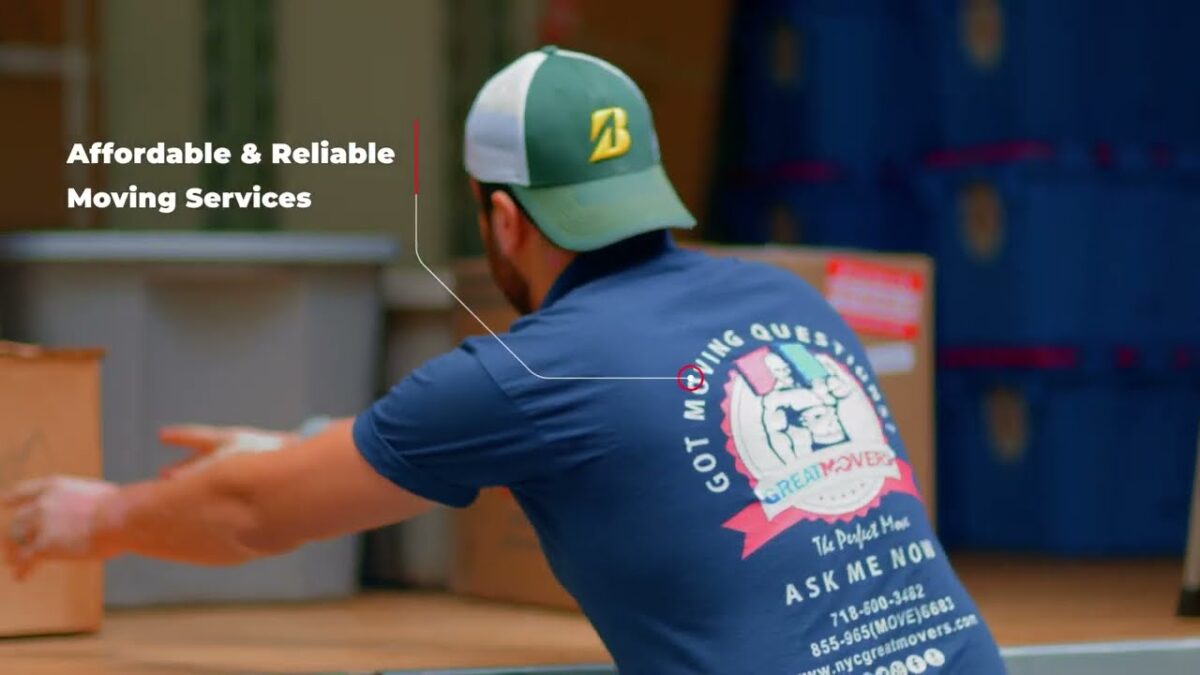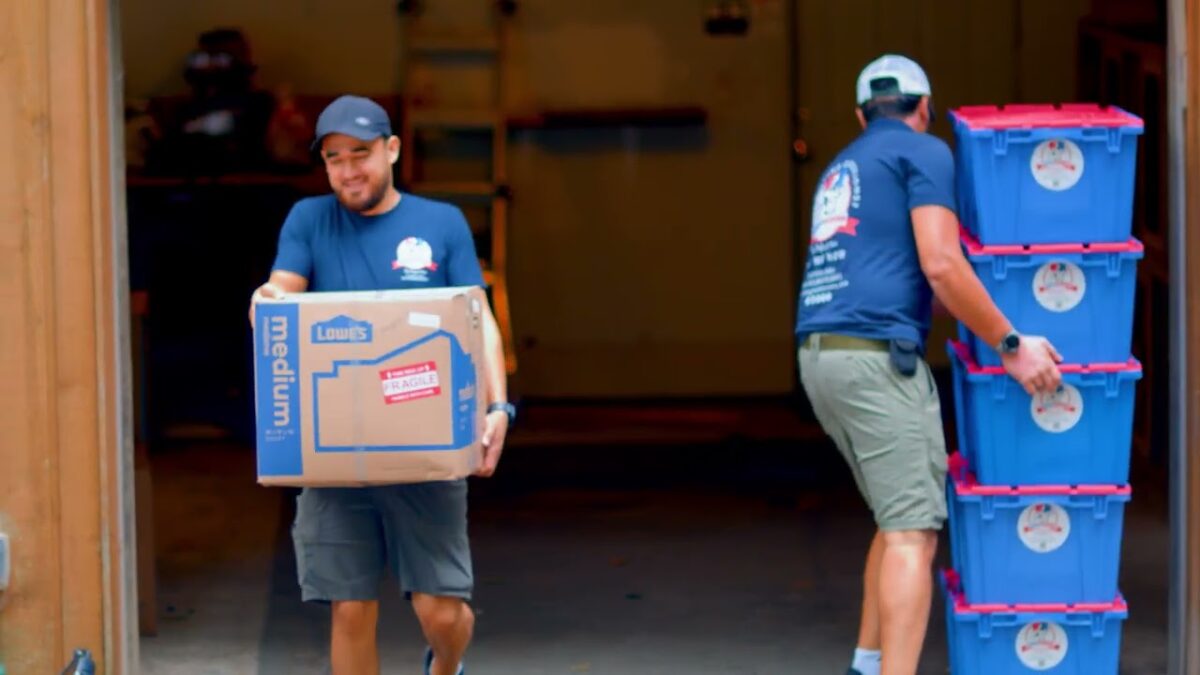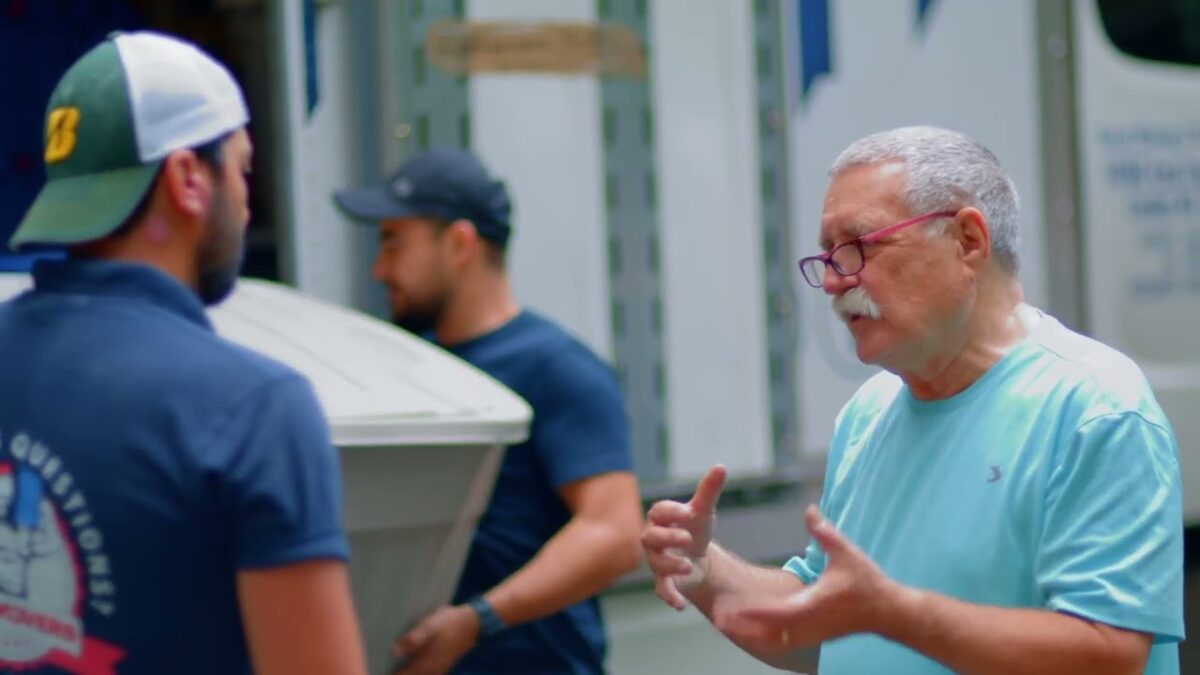Are you in search of the best movers in NYC to make your relocation smooth and worry-free? Look no further than Great Moving, your trusted partner in seamless moving experiences.
Why Choose Us as Your Best NYC Movers?
✅ Expertise: With years of experience, we excel in providing efficient and professional moving services tailored to your needs.
✅ Reliability: Our team of dedicated movers ensures punctuality and handles your belongings with the utmost care, making your move stress-free.
✅ Comprehensive Services: From packing to unpacking, we offer a range of services to make your relocation effortless and convenient.
✅ Customized Solutions: We understand that every move is unique. Our personalized approach ensures your specific requirements are met.
✅ Affordability: Quality moving doesn’t have to break the bank. We offer competitive rates without compromising on service excellence.
Discover the excellence of Great Moving, the best moving company in NYC, and embark on your relocation journey with confidence. For a seamless and hassle-free move, visit greatmoving.com to explore our services and get a free quote. Choose the best movers for a stress-free relocation experience.



